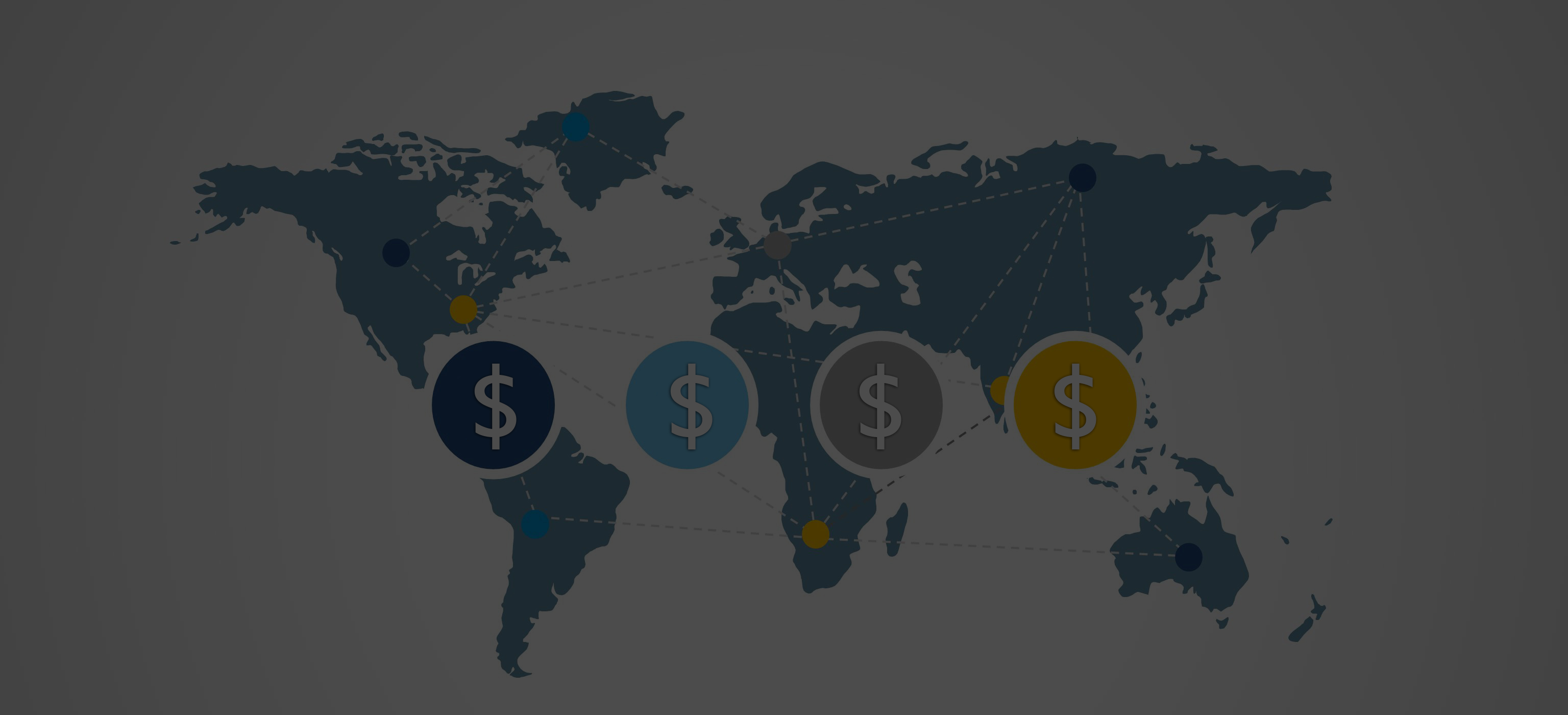Incorrect or incomplete information in online directories or in navigation and mapping services is bad for business. In today’s data-driven world, four groups are directly affected by (in)accurate location data: data sellers, data providers (service providers), business owners and data users (customers).
Together, they form the location data ecosystem, which is a system in which parties mutually provide data and data services to each other and/or to customers. Although having accurate location data is beneficial for all the parties in this ecosystem, it takes a lot of work, time and money to obtain and maintain high-quality data.
Therefore, as described in our last blog post, ‘How Much Does Poor Location-Based Data Cost Your Company?’, companies are (un)intentionally skipping the data validation and re-evaluation process and relying on inaccurate or outdated content. In the end, they are losing credibility, customers’ trust, trust in their data sellers and a lot of money.
Acquiring data is one thing, but utilizing it properly is another! The value of having accurate location data is enormous, but the questions are how to keep it fresh and up-to-date and how frequently does it need to be re-evaluated?
The answer to these questions depend heavily on the type of data you work with. Based on the frequency of change, data can be divided into four groups:
- Real-time data
- Traffic data
- Changing data
- Places of interest
- Slow-changing data
- Roads
- Areas
- Static data
Real-time data
Traffic data changes in real time. We know that incidents, road construction, weather conditions, etc. influence traffic flow. Since these changes are unpredictable, traffic data must be served in real time. For instance, when a user requests the fastest or shortest route from point A to point B, he expects road conditions to be considered in the suggested route.
Changing data
Points of interest, such as hotels, restaurants, stores, beauty salons, etc., are considered a dynamic type of location data, first because their existence on the map is unpredictable and second because their main attributes, such as name, address and phone number (NAP), change frequently.
Users completely expect to see businesses open, close, extend, change locations or just update their main attributes. On the other hand, users also expect online data to reflect all these changes. Any inconsistencies in NAP attributes are bad for businesses. They can have negative effects on how businesses are ranked by search engines and impact data providers’ reputations and credibility levels since users will lose trust in the reliability of the data they are providing. This loss of trust means users will stop using the providers’ service.
Slow-changing data
Slow-changing data relates to entities such as roads and areas of interest. Although they do change over time, these changes occur less often compared with points of interest. For example, cities expand or reorganize, and they build new roads and possibly close some old streets. However, these changes never happen suddenly; it takes some time to plan new road networks and then construct them. In addition, street names are also changeable. Municipal authorities rename roads to reflect changing or previously unrecognized ethnic communities or to honour politicians or local heroes.
On the other hand, we have areas of interest, such as parks, national parks, parking areas, airports, hospitals or other polygonal spaces on the map. Their geographical locations are mostly static, while details such as contact phone numbers or hours of operation might change.
Static data
The world map contains objects that are known as static features because they are stationary. Static location data include polygonal information about continents, oceans, countries, cities, etc. Once this type of data is correctly entered in the system, there is no need to update it in the near future.
Conclusion
Having accurate location data is advantageous for a business. It distinguishes you from your competitors and ensures that you increase your number of customers and your company’s income. The ability to gather, store, access and analyse data has grown exponentially over the past decade, and companies now spend tens of millions of dollars managing information streaming in from suppliers and customers.
Getting the data is easy, but companies’ main challenge lies in maintaining the quality of the data. Evaluating your current data, enriching it, and comparing with the competitors are just some of steps required to maintain data properly. How often you need to perform these steps depends on the type of data you work with.



